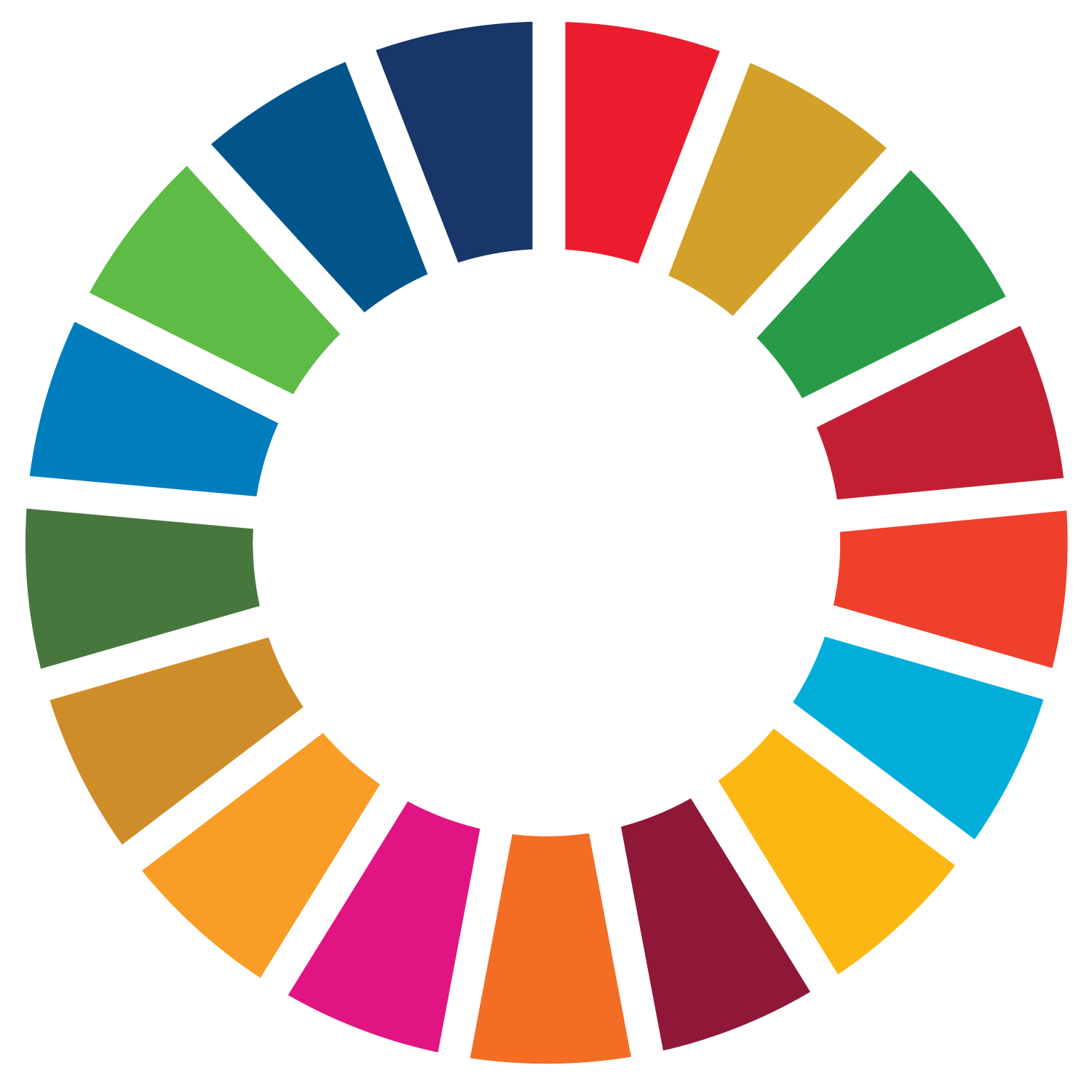Photo: Canva
Across the world, freshwater and salt lakes are coming under increasing pressure from a combination of land use change, pollution from fertilizer run-off and industrial effluent, and rising temperatures. Many lakes are shrinking, adversely affecting people, livelihoods and the local environment.
The United Nations Environment Assembly in March this year adopted a resolution on sustainable lake management. This is the first-ever resolution dedicated specifically to lakes. We sat down with Stuart Crane, a UN Environment Programme (UNEP) expert on freshwater ecosystems, to learn more about the resolution, what it can achieve, and what it means in practice.
Why a resolution specifically on lakes?
Stuart Crane (SC): UNEP recognizes three interlinked planetary crises for urgent understanding, prioritization and action: climate, nature and chemicals and pollution. Lakes play a pivotal role as the impacts of all three of these interlinked planetary crises are directly, and in some cases disproportionately, felt on water bodies, which are essential for the lives, livelihoods and health of people, economies and the planet. The key, though, is that through their protection, restoration and better management, they can also help us combat all three of these crises.
The resolution requests Member States to “protect, conserve, restore and ensure the sustainable use of lakes,” but it does not specify any deadlines by which goals or targets are to be achieved. What is the value of this resolution?
Read more of this UNEP story here
For more information, please contact Stuart Crane: stuart.crane@un.org
Share this post
UNEP-DHI Centre on Water and Environment
Agern Allé 5, 2970 Denmark
Tel: +45 45169200
